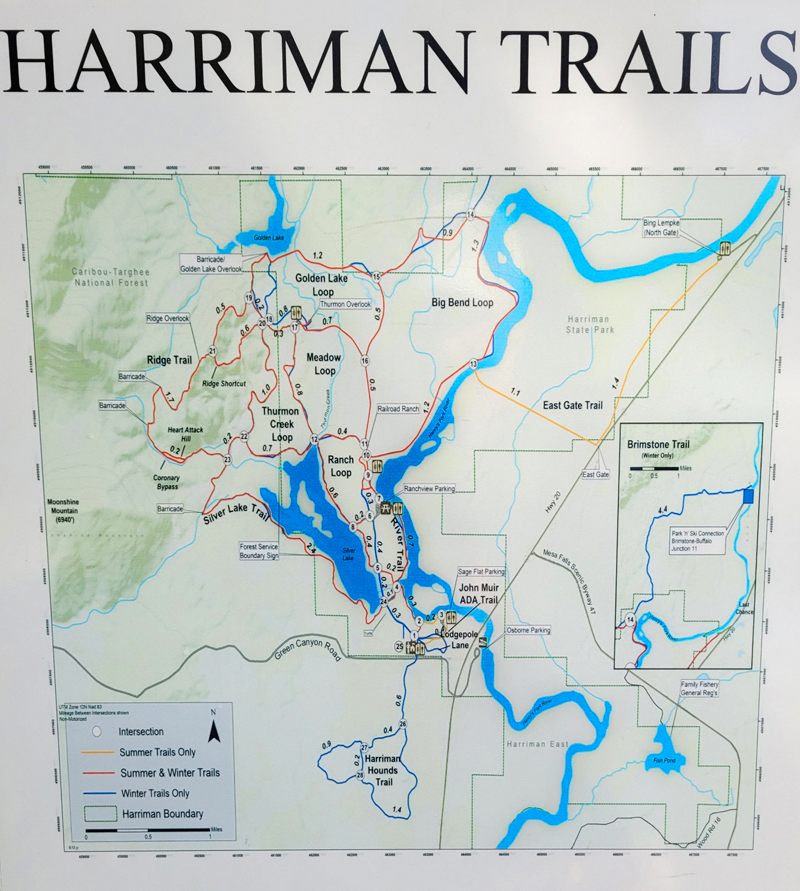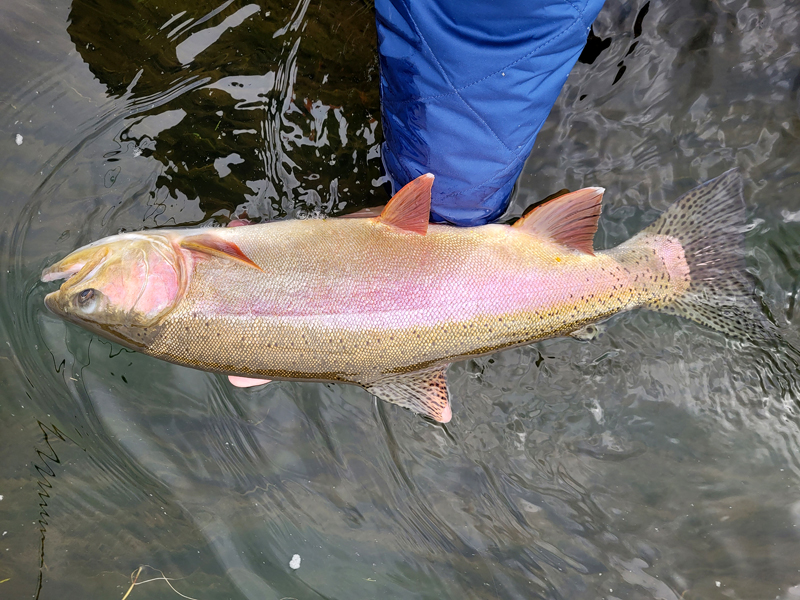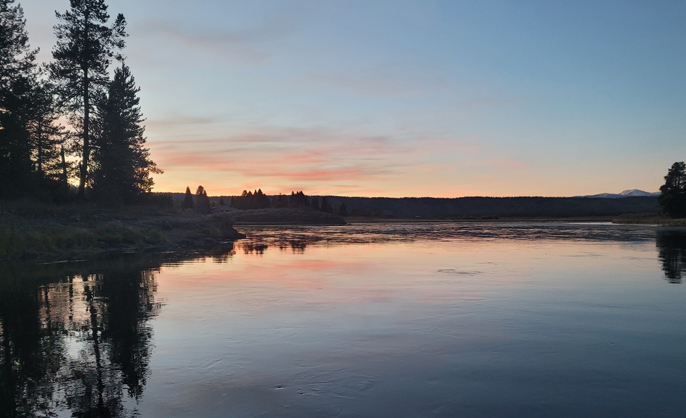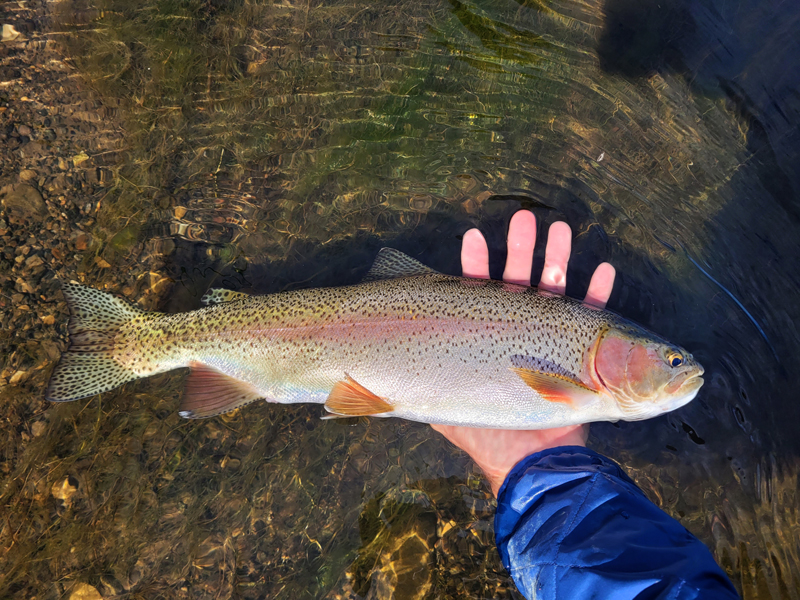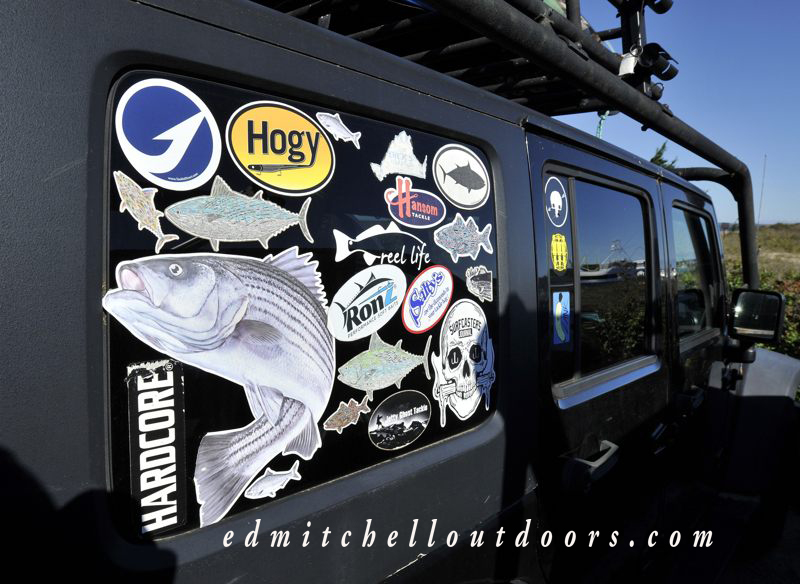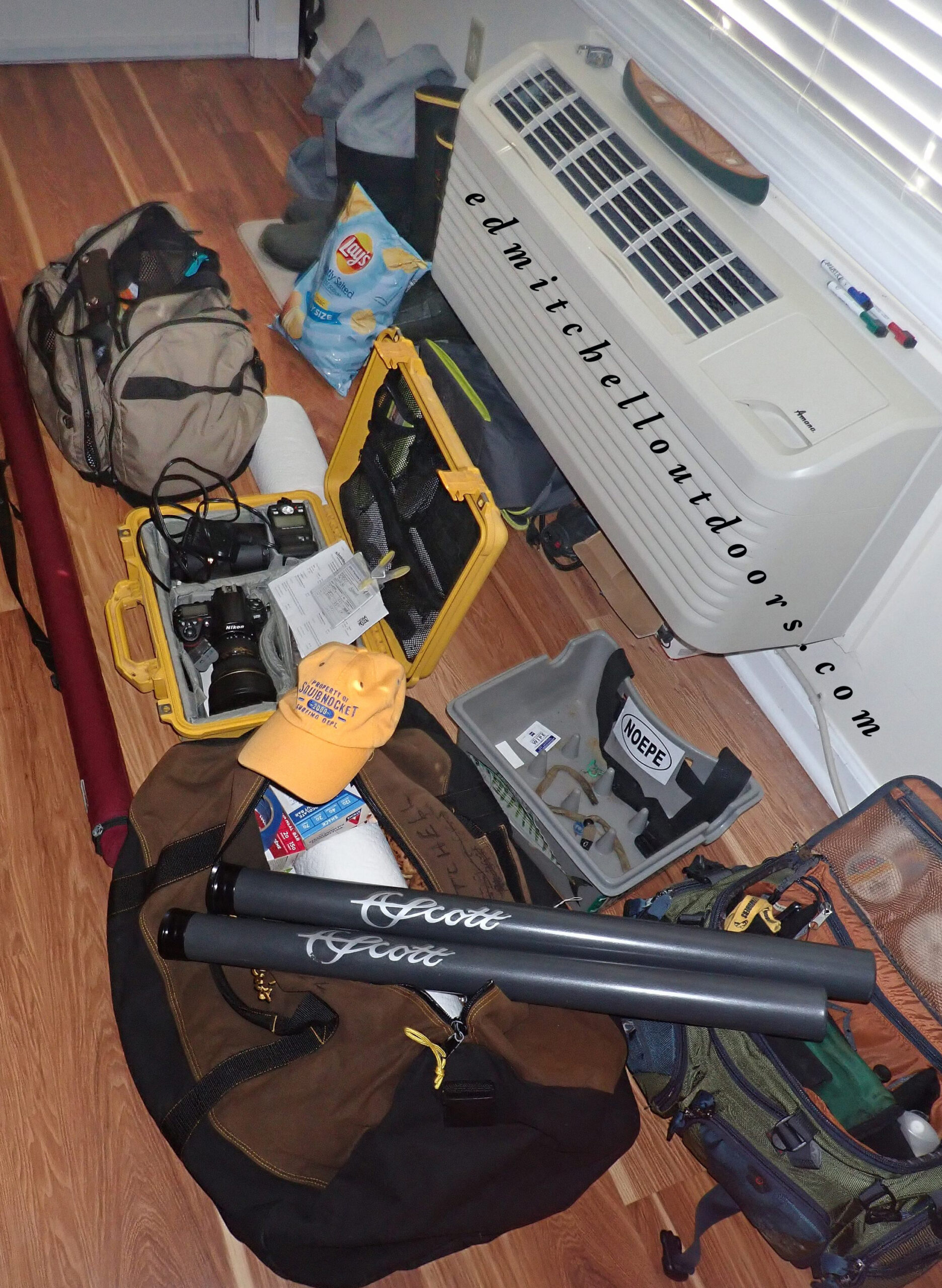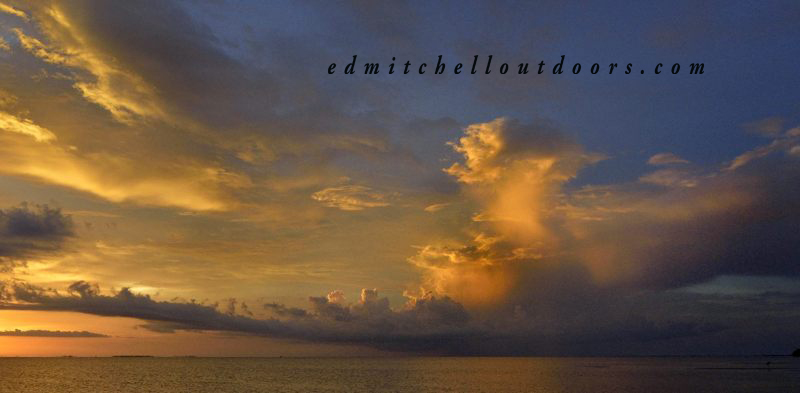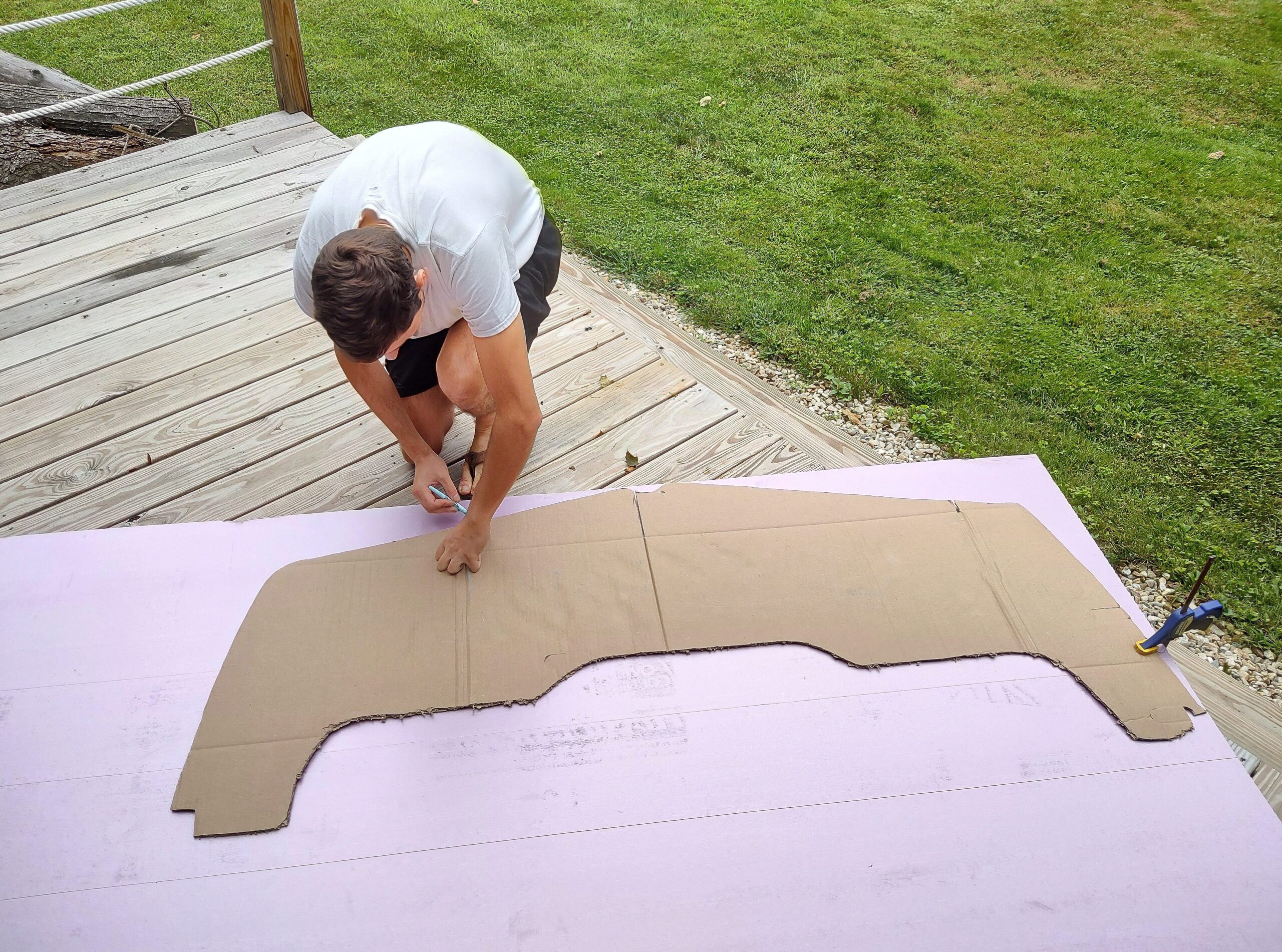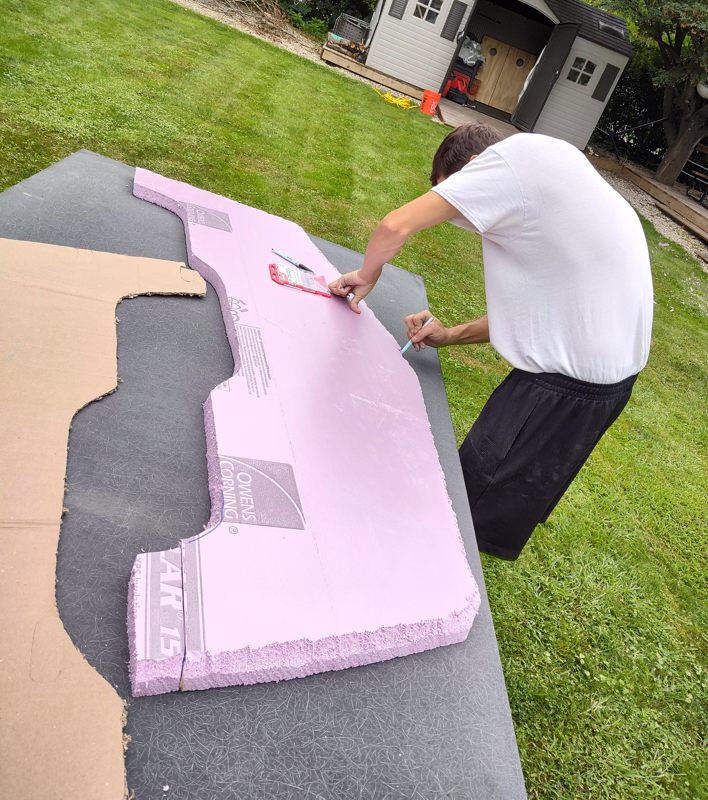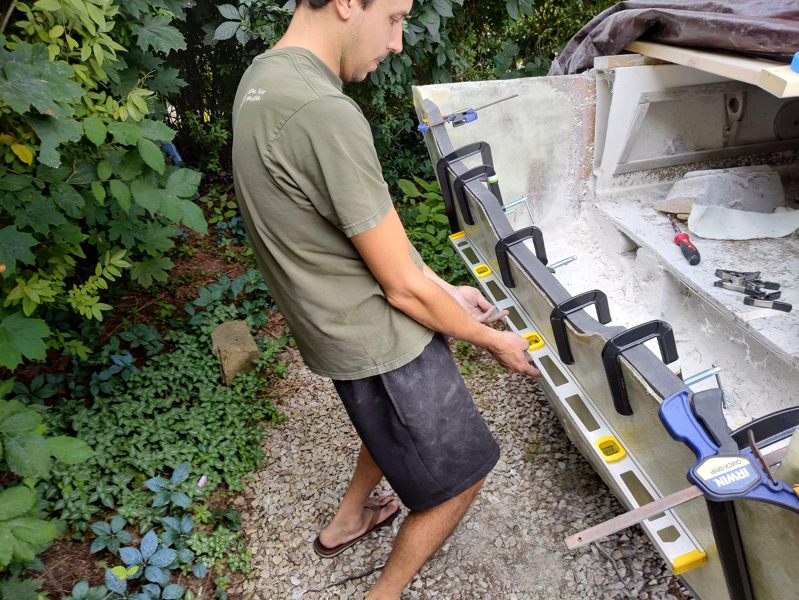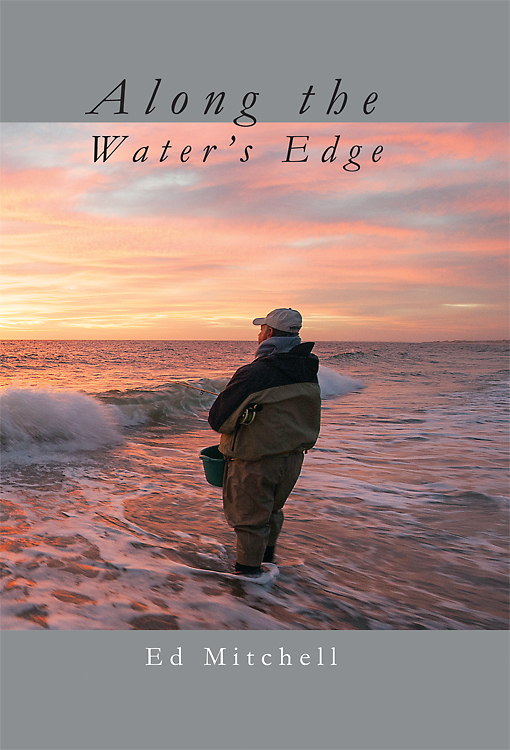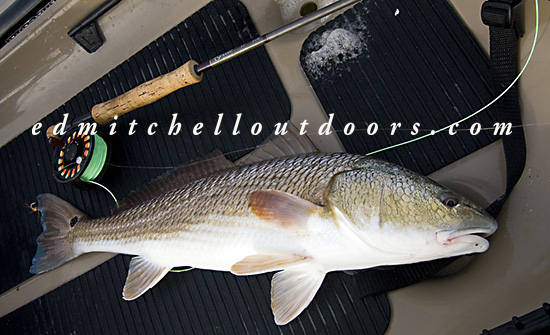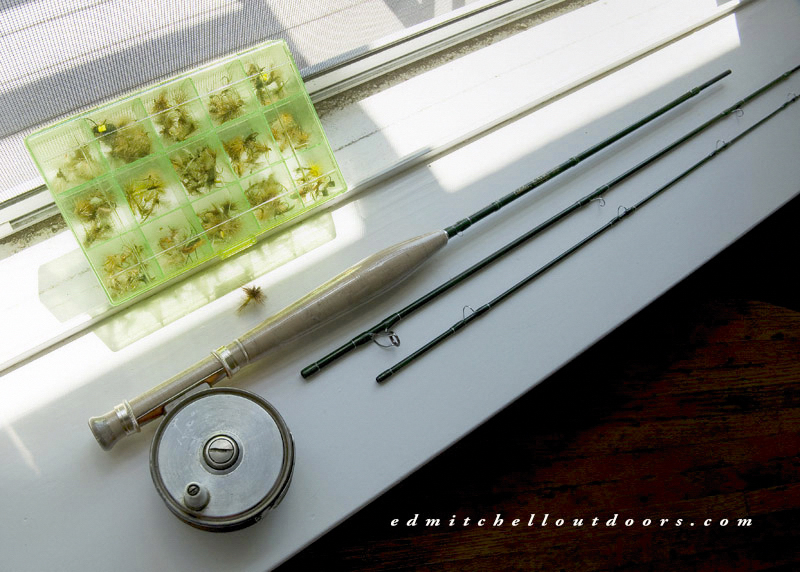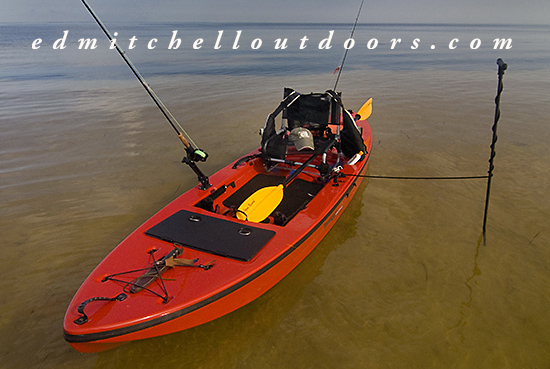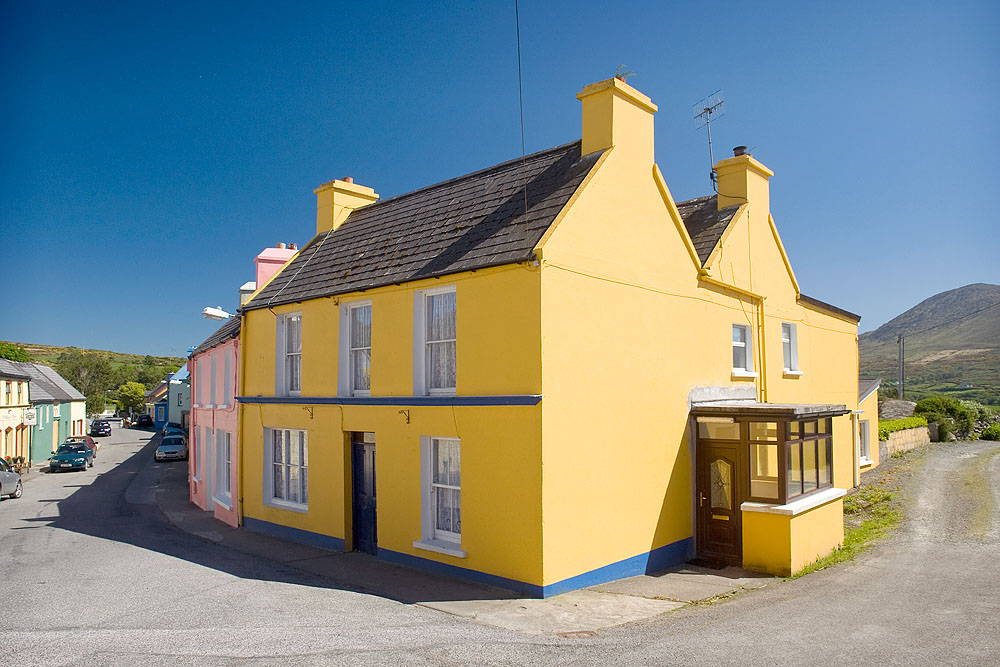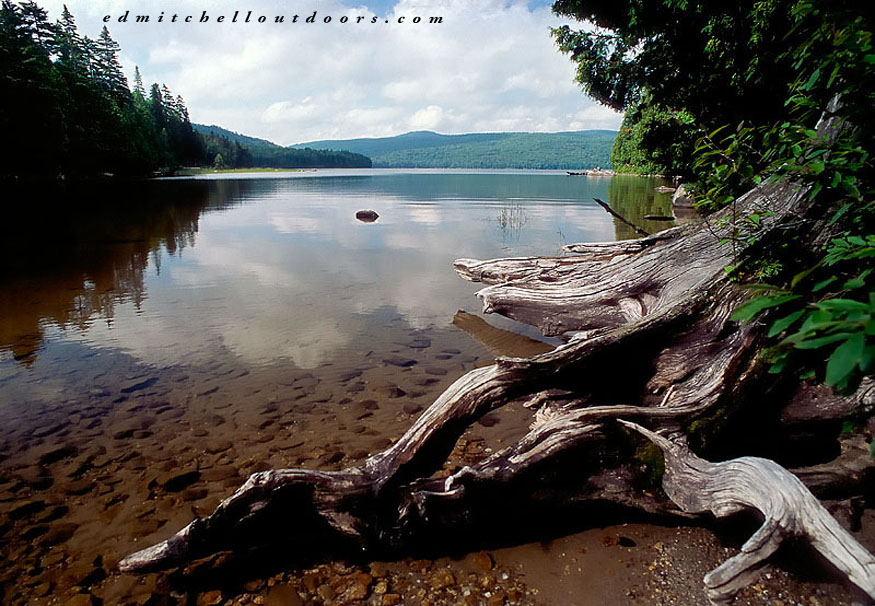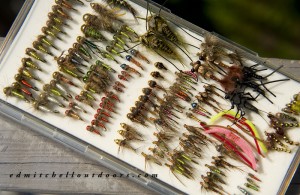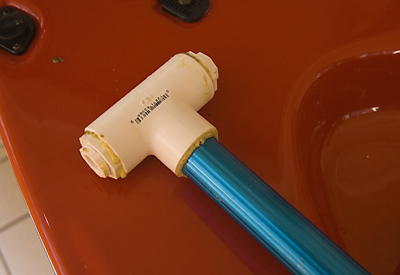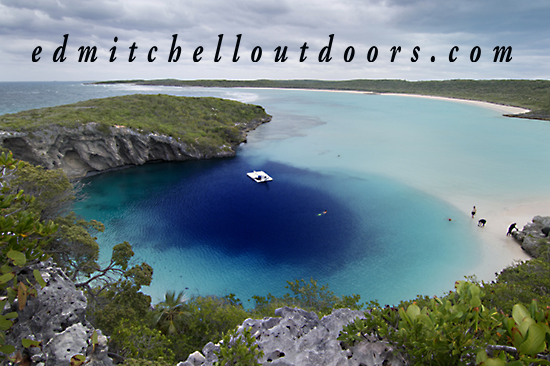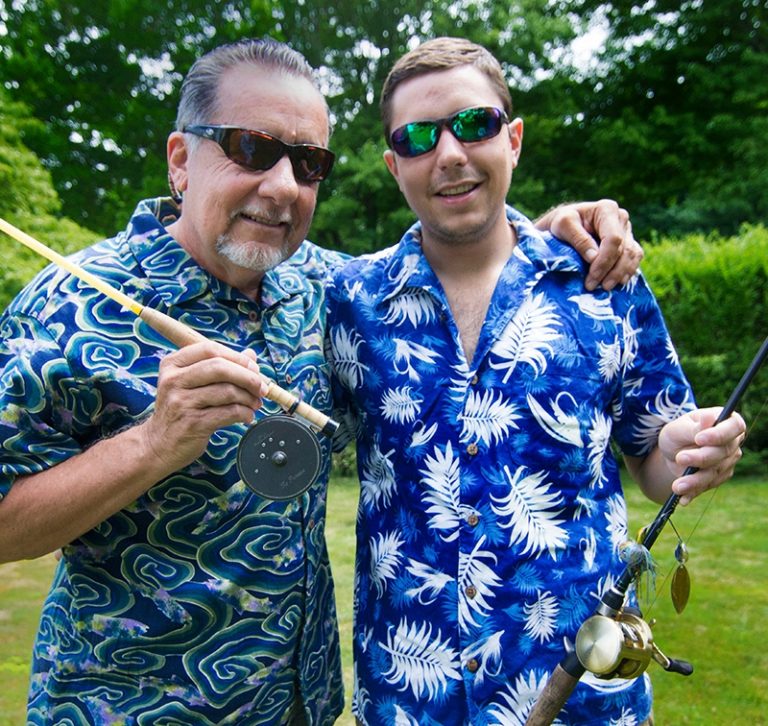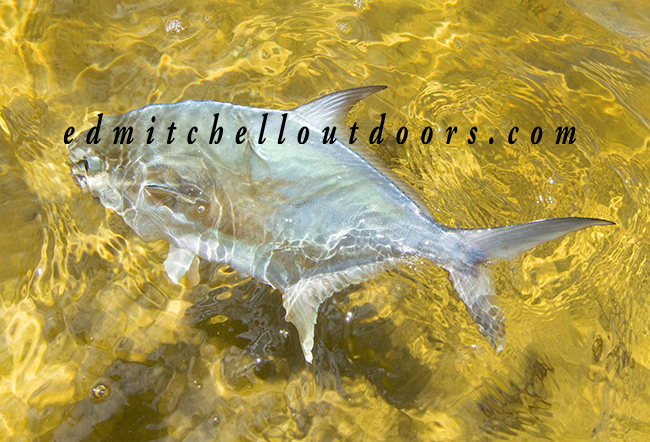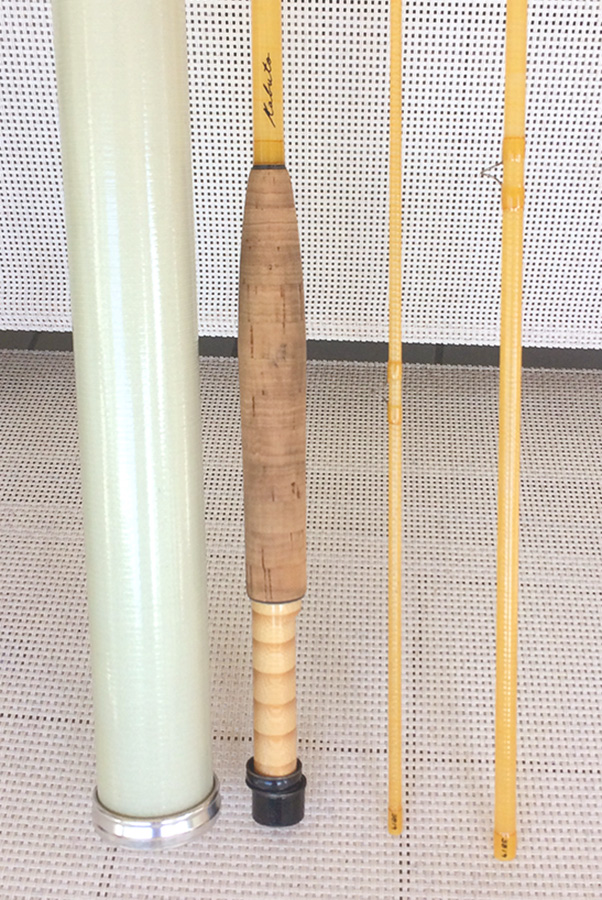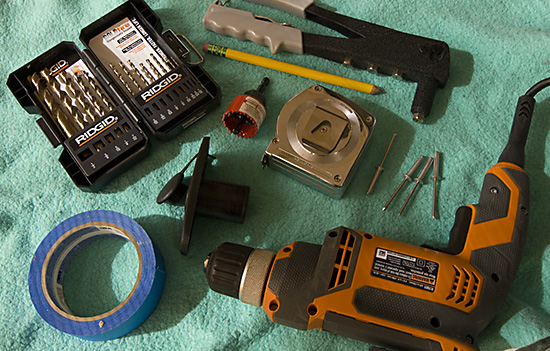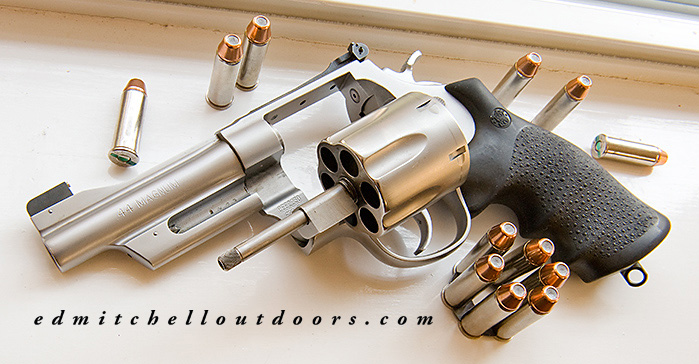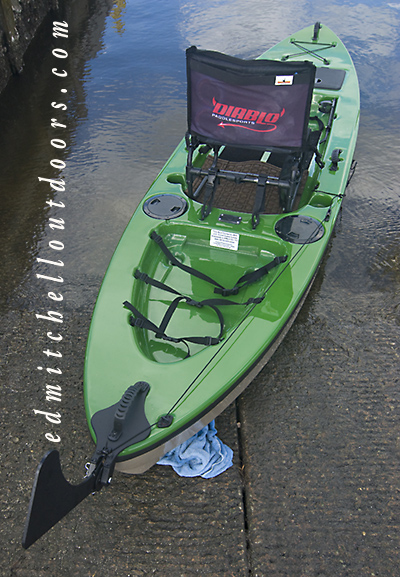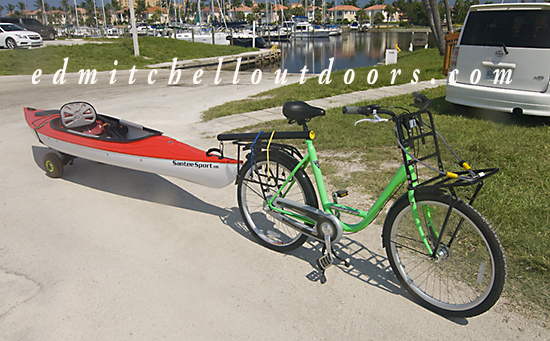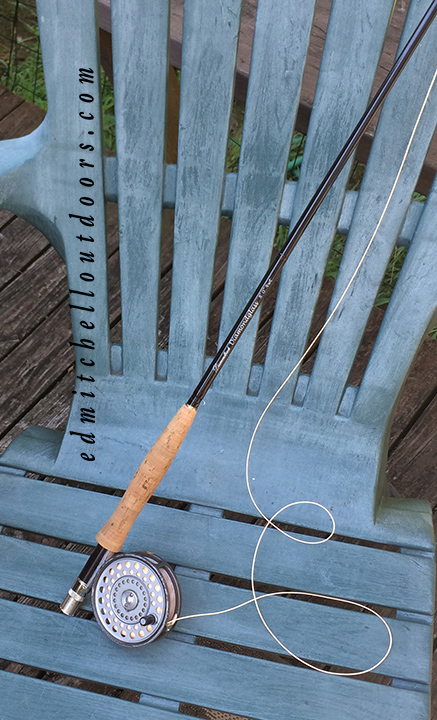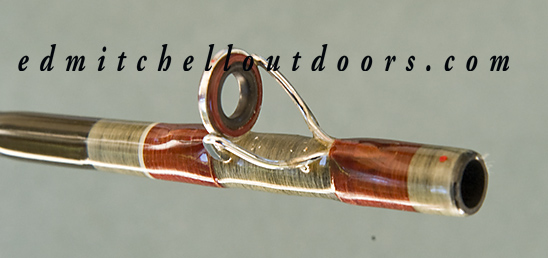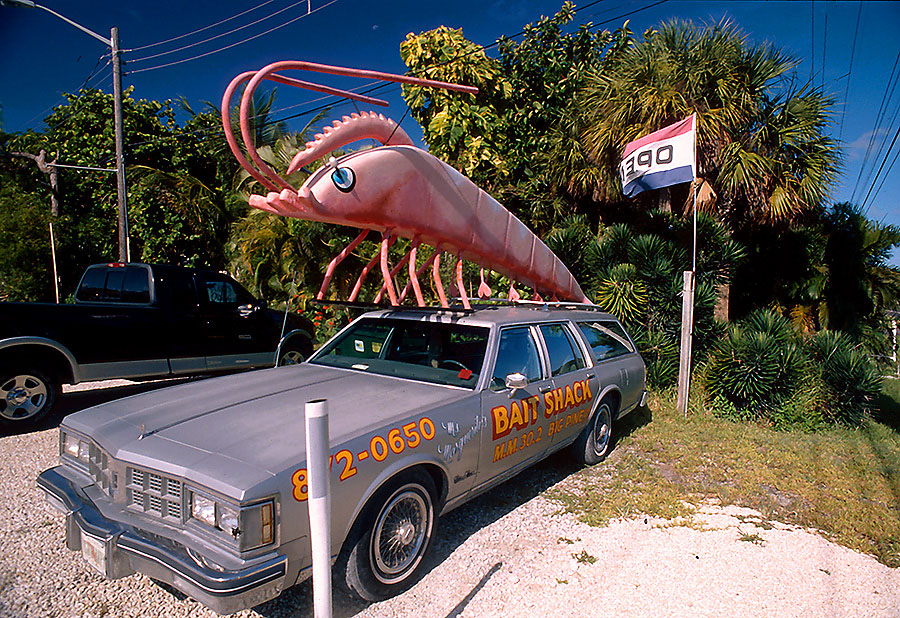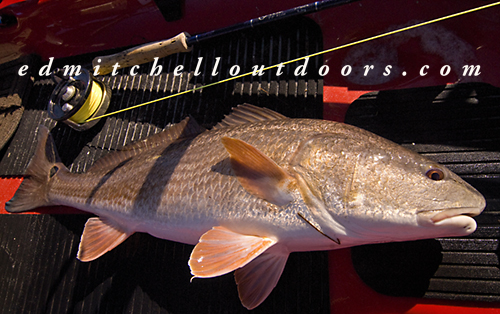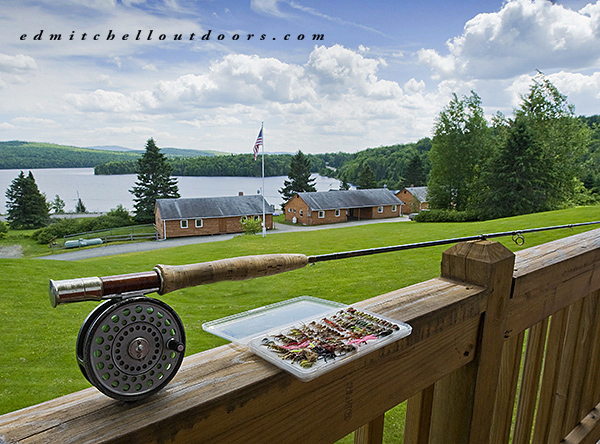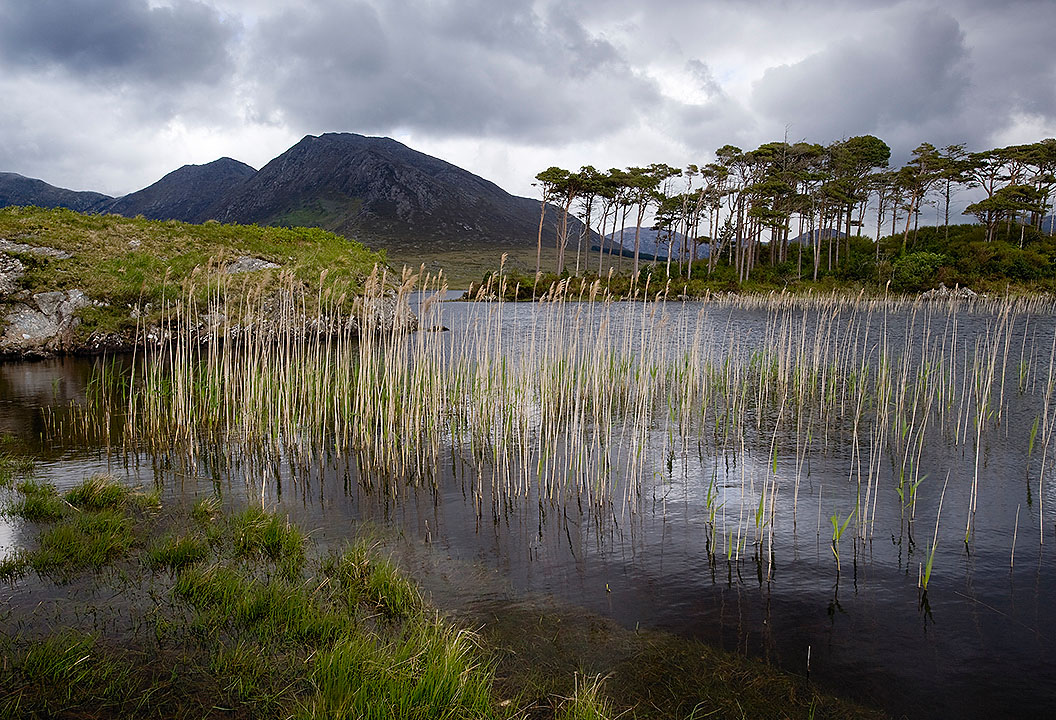Dave has Gone West Again
My friend Dave and his buddy Pete have gone West again. Lucky dudes. They’re fishing both Montana and Idaho. This autumn trip to the trout meccas of the Rockies is becoming an annual gig for them. Congratulations guys! Keep up the good work.
Dave and Pete ran into some epic BWO hatches in Idaho. Time to tie tiny dries on tiny tippets. Need your reading glasses? Well, Dave landed a gorgeous 22″ rainbow on a size 20 BWO. How cool is that! Big fish on small flies are a real challenge. But I’m not totally surprised, Dave is a terrific angler.
After that, they headed to Montana, but the dry fly fishing wasn’t that good. So they turned around and went back to Idaho, heading to Henry’s Fork. We all know the Fork is a legendary piece of water, and sure enough they found a Trico spinner fall. Bingo.
If I hear more from them cowboys I’ll let you know. But for now lets just give them a tip of the Stetson for having fun out West.

